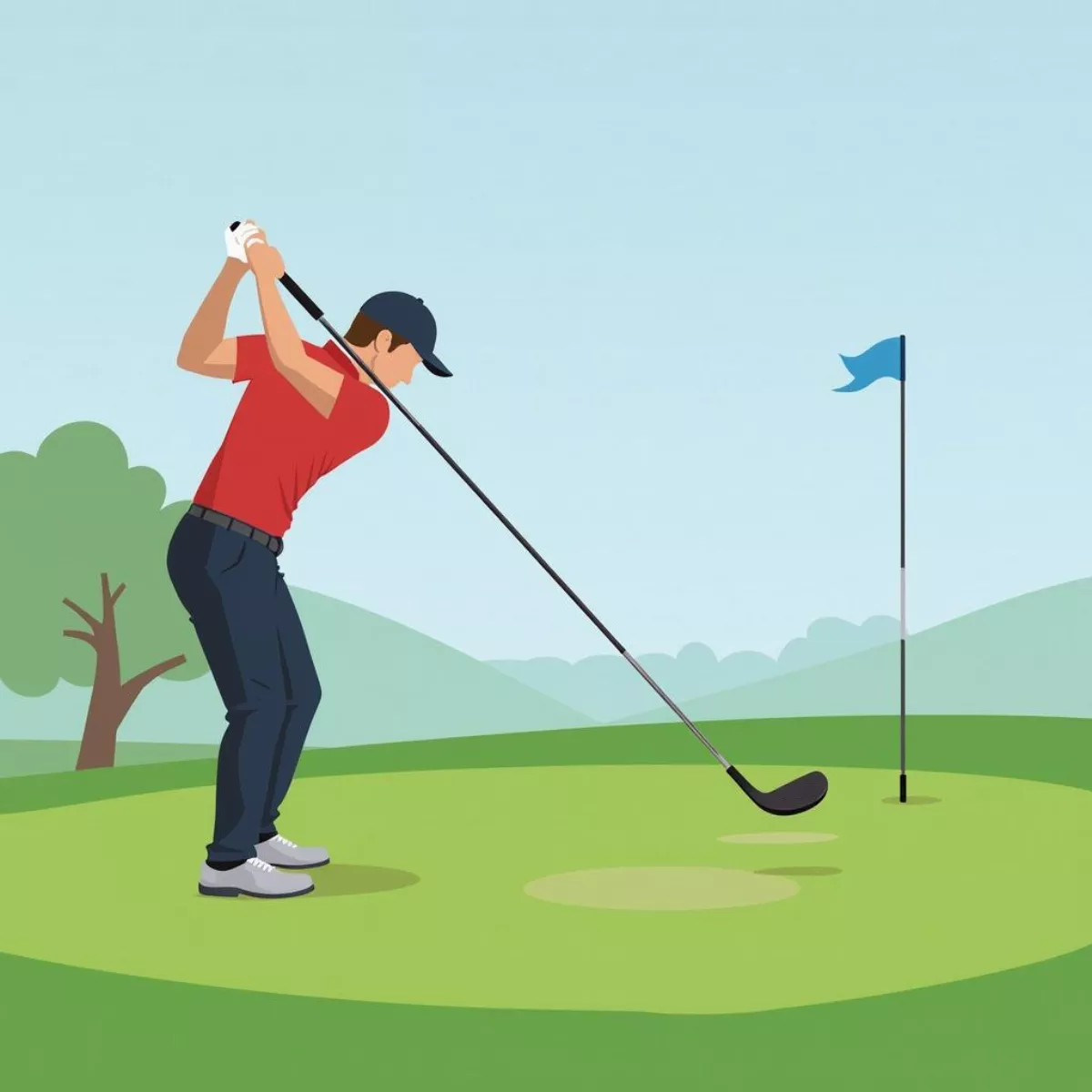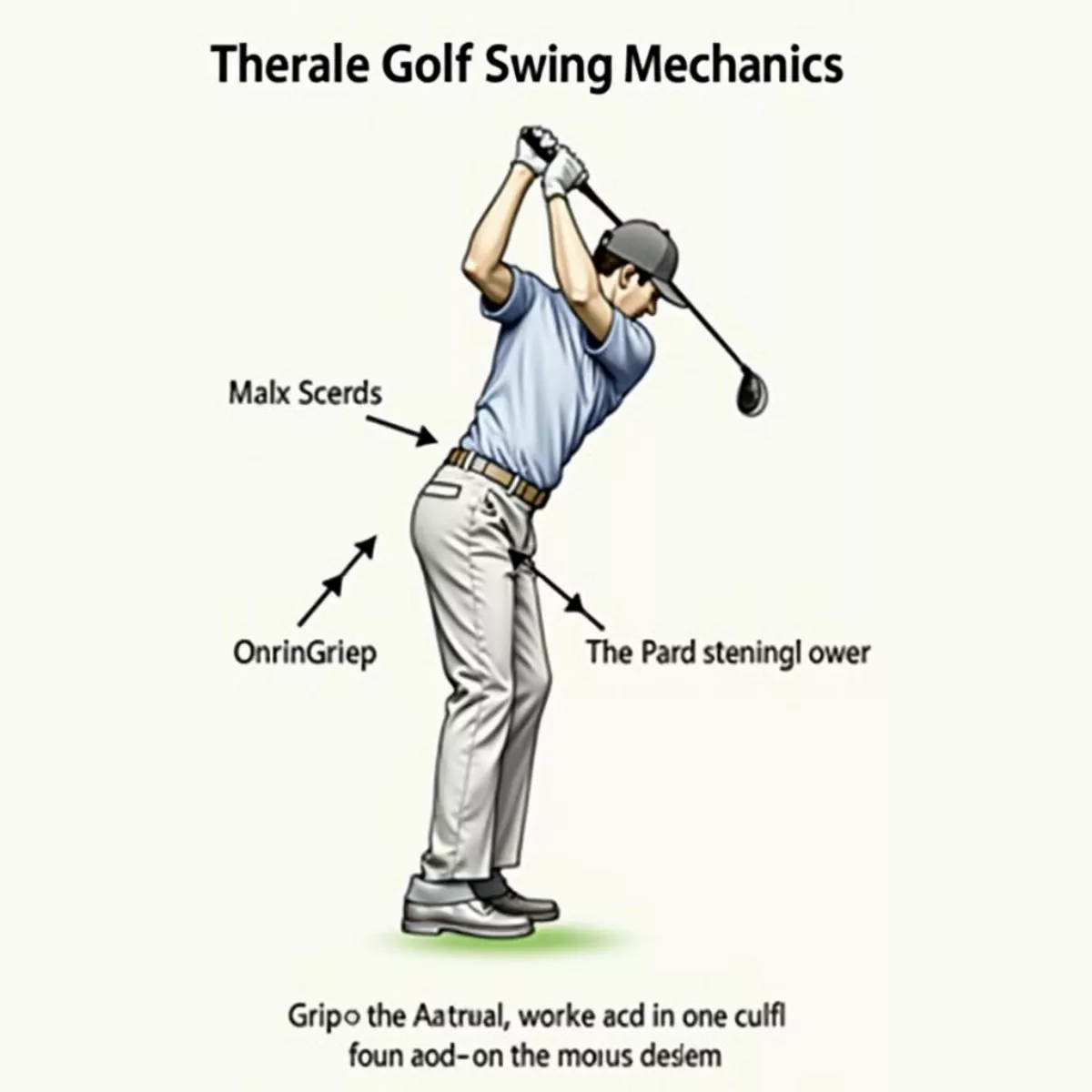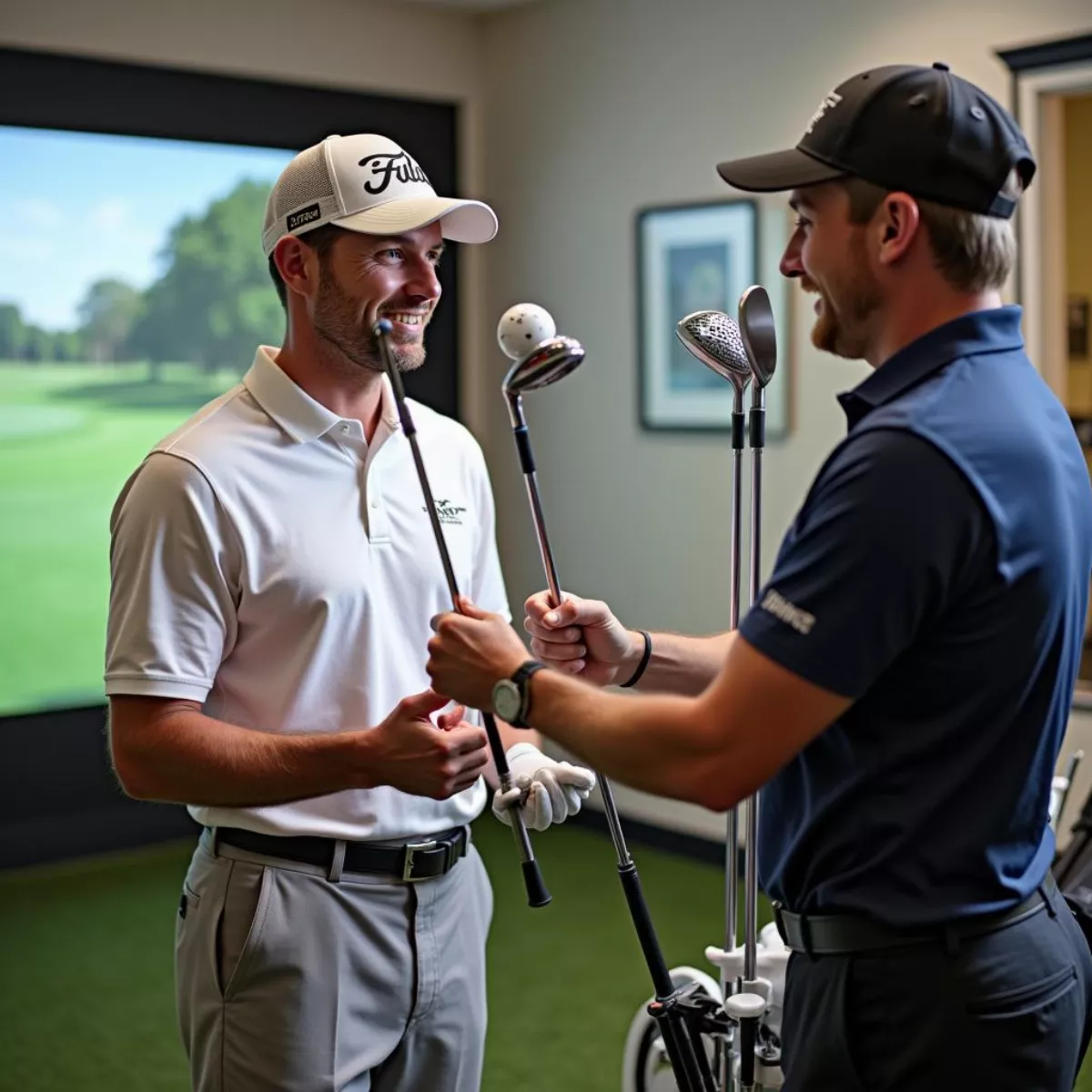Has your iron game suddenly taken a nosedive? Don’t worry; you’re not alone. Many golfers find themselves grappling with inconsistent iron shots, often wondering, “What has happened to my swing?” The truth is that several factors can contribute to this frustrating issue. In this comprehensive guide, we’ll delve into common reasons why you might be struggling with your irons and practical tips to regain that lost confidence.
Understanding Iron Play
Before we dive into why you might be mis-hitting your irons, let’s clarify what makes iron play so essential. Irons are versatile clubs used for various shots, from approach shots to delicate chips. Unlike the driver, which focuses primarily on distance, irons require precision and control. They can be influenced by multiple factors, including the player’s technique, mental state, and even equipment.
 Understanding Iron Play
Understanding Iron Play
Common Reasons You’re Struggling with Your Irons
1. Poor Setup and Alignment
A proper setup is the foundation of a good swing. If you’re misaligned, even a consistent swing can lead to errant shots.
- Check your stance: Feet should be shoulder-width apart.
- Ball position: For mid-irons, the ball should typically be in the center of your stance.
- Alignment: Ensure your shoulders, hips, and feet are all parallel to your target line.
“The best swings start with a proper setup.”
2. Swing Mechanics
Your swing might be off due to poor mechanics. Key aspects to review are:
- Grip: Ensure your grip isn’t too tight. A loose grip can promote a fluid swing.
- Tempo: A rushed swing often leads to inconsistent contact. Focus on a smooth, relaxed motion.
Swing Mechanics Checklist
| Aspect | Common Errors | Adjustments |
|---|---|---|
| Grip | Too tight or weak | Relax your grip, hold it like a bird |
| Backswing | Overly long or short | Maintain a comfortable angle |
| Downswing | Over-the-top motion | Focus on a shallower path |
3. Mental Game
Golf is as much a mental game as it is physical. Anxiety about hitting poorly can become a self-fulfilling prophecy. Tactics to calm your nerves include:
- Visualization: Picture successful shots before executing them.
- Focus on the process, not the outcome. Concentrate on your stance, grip, and swing.
 Golf Swing Mechanics
Golf Swing Mechanics
4. Physical Condition
As our bodies age, our flexibility and strength may diminish. Lack of fitness can affect your swing.
- Incorporate Strength and Flexibility: Regular workouts focused on core strength, flexibility, and balance can dramatically improve your game.
- Warm Up: Always stretch and perform mobility drills before hitting the course to prevent injuries.
5. Equipment Issues
Your clubs significantly impact your performance. If the equipment isn’t conducive to your style:
- Check your lie angle: If your clubs are too flat or upright, it can affect your contact.
- Consider your shafts: The type of shaft could also be the culprit. Stiff shafts can cause loss of control for players who need more flex.
“The right equipment for your swing is crucial.”
6. Course Conditions
Don’t overlook the effect of course conditions. Wet or uneven lies can make even the best golfer struggle with their irons.
- Practice in varying conditions: If possible, hit balls from rough, fairway, and tight lies to become adaptable.
- Equipment adaptation: Consider how different grass types affect your swing and adjust accordingly.
 Golf Club Fitting
Golf Club Fitting
Tips to Improve Your Iron Play
Now that we’ve outlined potential reasons for your struggles, here are some actionable tips to improve your iron play quickly:
- Practice with Purpose: Focus on specific areas you struggle with during practice sessions rather than simply hitting balls.
- Use Alignment Aids: Practice with an alignment stick to ensure your setup is correct.
- Film Your Shots: Use your phone to record your swings. Reviewing them can highlight mechanical flaws you might not feel.
- Short Game Focus: Spend time working on your chipping and pitching. A good short game can alleviate pressure on your irons.
Weekly Practice Schedule
| Day | Focus Area | Activity |
|---|---|---|
| Monday | Setup & Timing | 30 minutes of posture and grip drills |
| Wednesday | Swing Mechanics | 45 minutes on the range focusing on iron play |
| Friday | Course Simulation | Play a few holes while concentrating on iron shots |
| Sunday | Physical Fitness | Yoga or strength training focusing on flexibility |
 Practicing Iron Shots
Practicing Iron Shots
Key Takeaways
- Assess Your Setup: Ensure your alignment and ball position are spot on.
- Improve Your Swing Mechanics: Work on grip, swing tempo, and body posture.
- Mental Preparation: Use visualization techniques and focus on process over results.
- Stay Fit: Regular workouts and flexibility routines can positively impact your performance.
- Evaluate Equipment: Ensure your clubs are suited for your physique and swing style.
FAQ
1. Why do I feel more confident with my driver than my irons?
Confidence can stem from familiarity and positive reinforcement. Since drivers are often used for longer, less complicated shots, golfers may associate them with better results.
2. How can I fix my alignment issues?
Use alignment sticks or clubs on the ground to visualize your target line. Ensure your body is parallel to this line during setup.
3. Can my mental state really affect my iron shots?
Absolutely! Anxiety or pressure can lead to poor shot execution. Practicing relaxation techniques can help.
4. How often should I practice my irons?
Aim for 30-45 minutes at least once a week specifically focusing on your iron play. Consistency is key!
5. Should I get a lessons to improve my iron game?
If you’re struggling, a lesson from a golf professional can provide personalized feedback and strategies tailored for you.
6. Does the type of grass affect my iron shots?
Yes! Different types of grass can interact with your clubface differently. Practicing on various surfaces will enhance your adaptability.
7. Are there drills I can do at home to improve my swing?
Absolutely! Habits like practice swings, grip exercises, and stance drills can be performed without hitting a ball.
8. Can I improve my iron shots without changing clubs?
Yes! Focusing on technique and practice can lead to significant improvements even with your existing clubs.
9. What should I do if the course has challenging conditions?
Adapting your strategies is key. Focus on keeping a lower ball flight if it’s windy or selecting different clubs based on turf conditions.
10. How can I tell if my irons are the right fit for me?
Take a lesson or club fitting session where you can test various clubs and receive recommendations based on swing analysis.
By understanding the causes of poor iron play and incorporating these practical tips, you can enhance your game and enjoy the sport even more. Golf is a journey of growth and learning, and with some practice and patience, you will rediscover the magic of hitting those beautiful iron shots. Happy golfing!

